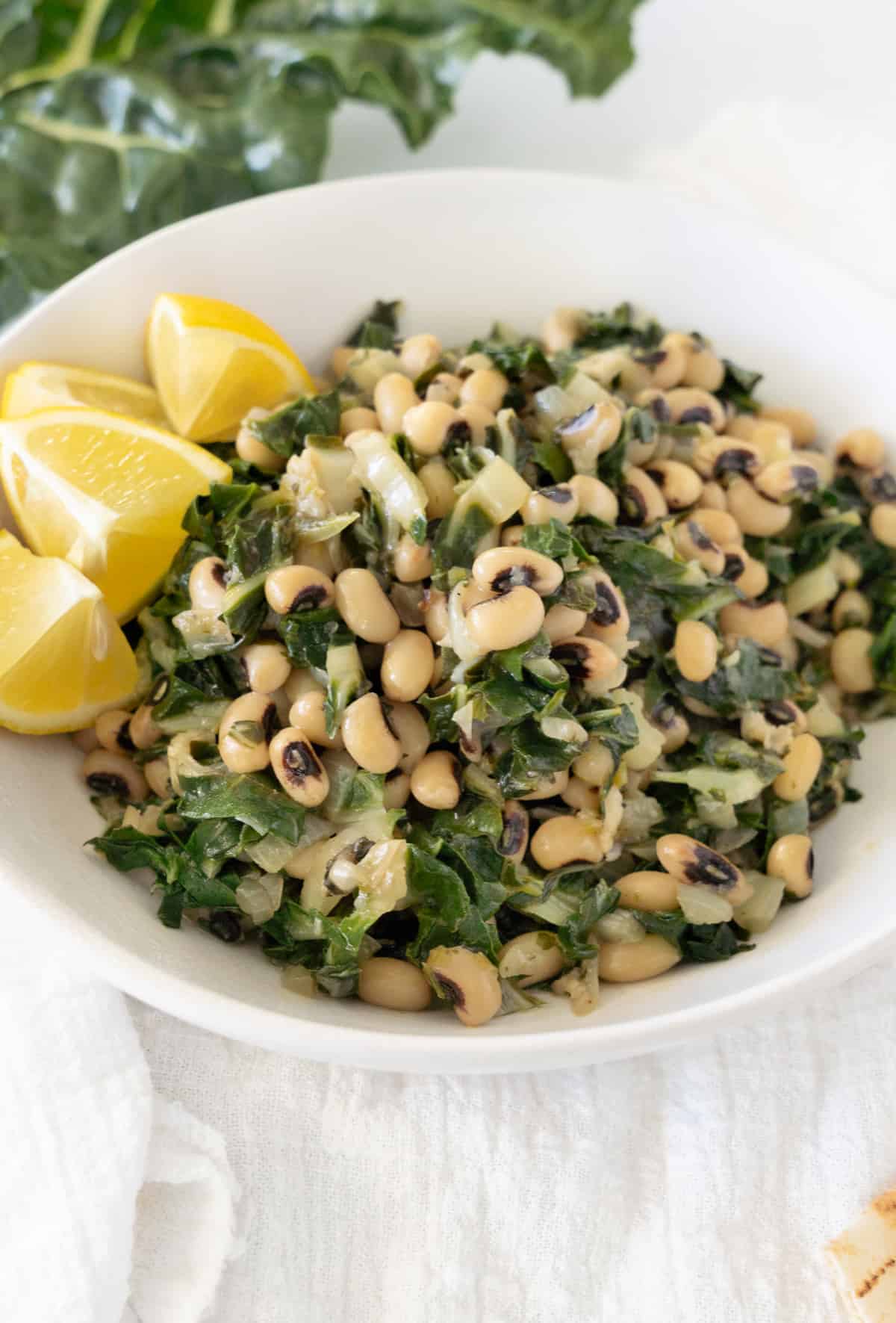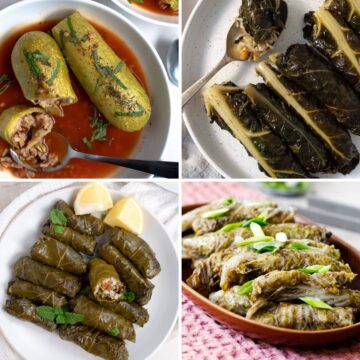Are you on a gluten free and vegan diet and a fan of Swiss chard? Then you’ve come to the right place to find recipes that tick all these boxes. This roundup of recipes includes soups, stews, chard rolls, sautees, and more.

What is Swiss chard
It's a leafy green vegetable that is related to beets and spinach.
It has large, glossy, dark green leaves with colorful stems that can be red, white, yellow, or green.
It is also known as rainbow chard, chard, or silverbeet.
Chard has a slight bitterness which is generally cooked out. It can be eaten raw or cooked. Both the Swiss chard leaves and the stems can be consumed.
It is great in soups, salads, stews, sautees, fillings and even rolled with different fillings.

Benefits of eating Swiss Chard for Vegans?
Silverbeet is a great vegetable for vegans due to its high nutrient content and versatility in recipes. Here are some of the benefits of eating Swiss chard for vegans:
Good source of iron, is rich in calcium and loaded with vitamins such as vitamin a, k and c.
High in protein, making it a great addition to vegan meals. One cup of cooked chard contains about 3 grams of protein.
Low in calories and high in fiber, makes chard a great food for vegans who are trying to manage their weight. The fiber in chard can help to keep you feeling full and satisfied, while also promoting healthy digestion. Read more about the health benefits.
Gluten Free Swiss Chard Vegan Recipes

Silverbeet Rolls (Mahshi Selek bi Zeit)

Lebanese Chard and Lentil Soup

Delicious Sauteed Greens

Spicy Pickled Swiss Chard Stems

Sautéed Beet Greens and Silverbeet

Spinach and Chard with Pan-Sautéed Polenta

Swiss Chard Pasta

Beans & Greens Tacos

Black Eyed Pea Curry with Swiss Chard & Roasted Eggplant

Chickpea Curry

Get Super Clean with this Detox Smoothie Recipe

Healthy And Colorful Silverbeet Salad
FAQ
Here’s a list of leafy green substitutes for Swiss chard:
Spinach is mild in flavor but more delicate in texture, the stems are soft and edible. Great replacement in soups, stews, sauteeing, fillings, salads and stir-fries.
Kale is also slightly bitter taste in raw form yet is a more fibrous texture than Silverbeet. The stems are very tough, it's ideal to cook them seperately. Also great in soups, stews, sauteeing, fillings, salads, and stir-fries.
Collard greens have a slightly bitter taste and a tougher texture than chard. The stems are also tough. They are commonly used in Southern cooking.
Beet greens are the leaves that grow on top of beets. They have a slightly sweet bitter taste and a similar texture to silverbeet. The stems are similar to chard in texture and density. These may leech red coloring when cooked.
Mustard greens have a peppery, slightly bitter taste and a more fibrous texture than silverbeet. Great in soups, sautees, stir-fries, and salads.
It's important to note that each of these substitutes will have its own unique flavor and texture, so you may need to adjust your recipe accordingly.

In conclusion, Swiss chard is a highly nutritious green leafy vegetable that can be a great addition to a vegan, gluten-free diet.
With its mild, flavoring and tender texture, this leafy green vegetable is a versatile ingredient that can be used in a variety ways to create an easy and delicious healthy meal.
Whether you're looking for a simple side dish or a hearty main course, the above easy gluten-free vegan Swiss chard recipes might be your new favorite way to eat these this leafy green veggie, and is sure to satisfy your taste buds while also providing your body with the nutrients it needs to thrive.





Comments
No Comments